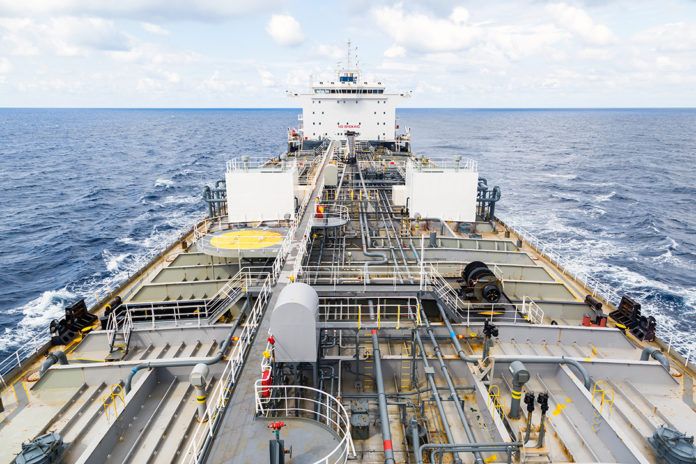There’s a race afoot in the deep waters of the Gulf of Mexico. A host of companies and consortiums are pursuing the development of at least five separate deepwater oil ports off the coast of Texas, each hoping to tap into burgeoning worldwide demand for exports and a growing supply of inland oil.
It appears, however, that those facilities first to cross the regulatory finish line will stand the best chance of getting built, as future demand won’t likely support them all. Regardless, it’s going to be a while before they catch up with the only current oil exporter in the U.S. deepwater market—the Louisiana Offshore Oil Port, located some 30 miles south of Fourchon.
Originally constructed as an import facility, the decades-old LOOP needed only a few adjustments to add export capabilities to its portfolio, and the investment appears to be paying off in a big way. LOOP loaded a record six Very Large Crude Carrier, or VLCC, supertankers in a matter of weeks last summer— 283,333 barrels per day in June alone—for the transport of medium-sour crudes to China, India and Europe.
Tyler Abadie, CEO at engineering consulting firm Abadie-Williams LLC in Metairie, says LOOP is way out in front of the export game—at least for the moment—as Texas investors must maneuver through a lengthy permitting process and a host of other challenges to turn their plans into reality. Abadie-Williams was tapped to design Sentinel Midstream’s $1 billion Texas GulfLink deep water export terminal 30 miles south of Freeport, Texas.
“There are not a lot of precedents regarding how the permitting process works for these deepwater ports,” Abadie adds. “We’re also having to navigate through the engineering of a fixed structural platform in the Gulf of Mexico. Those just aren’t built anymore.” As such, Abadie-Williams ultimately had to recruit a handful of engineers nearing retirement to assist with the design. “The expertise and the knowledge were hard to find, regarding design codes etc. It’s a massive undertaking.”
Deepwater ports fill a critical need, as VLCCs require a draft of about 85 feet of water when they are fully loaded. Conversely, ports along the Mississippi River provide a draft of only 50 feet. “LOOP is in 115 feet of water, so it avoids all that,” says Eric Smith, associate director of the Tulane Energy Institute in New Orleans. “That means a vessel can come in empty and go out full, come in full and go out full, etc.”



